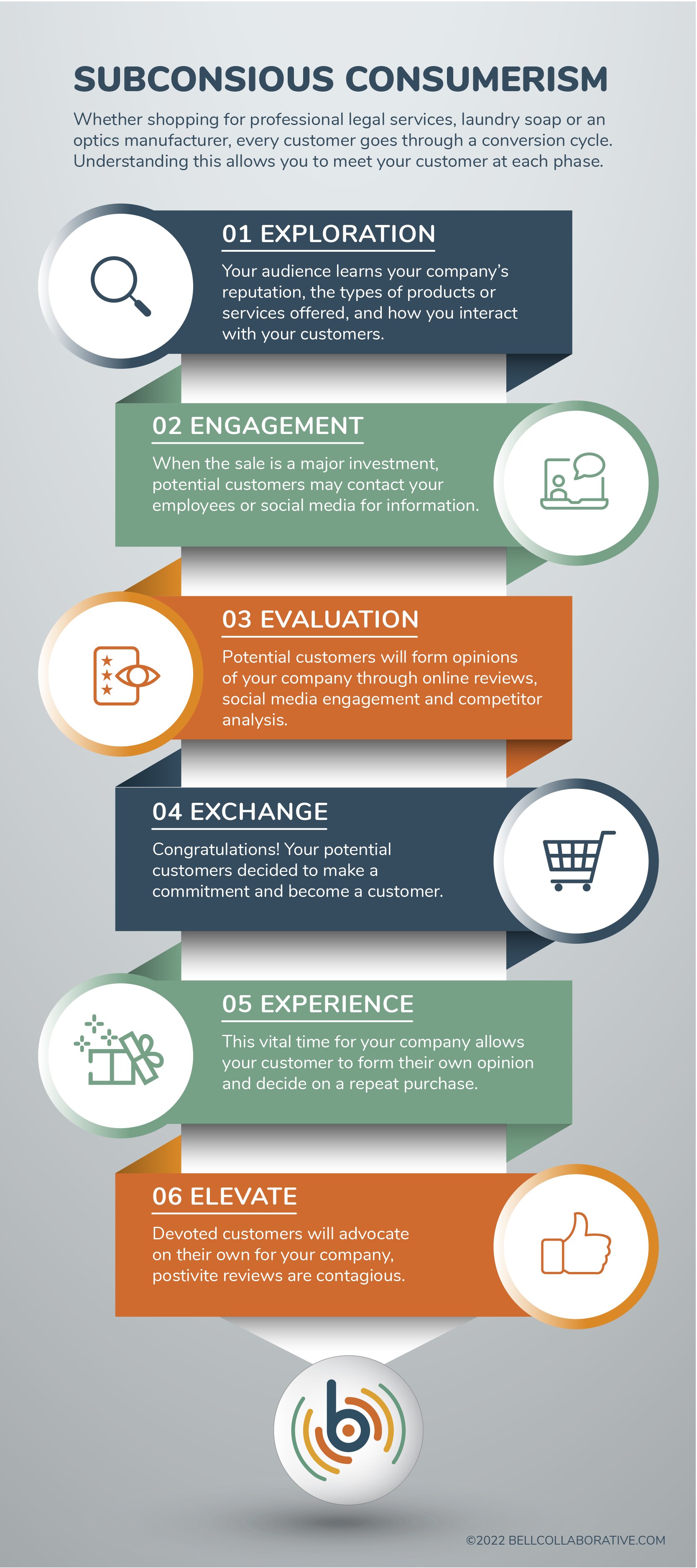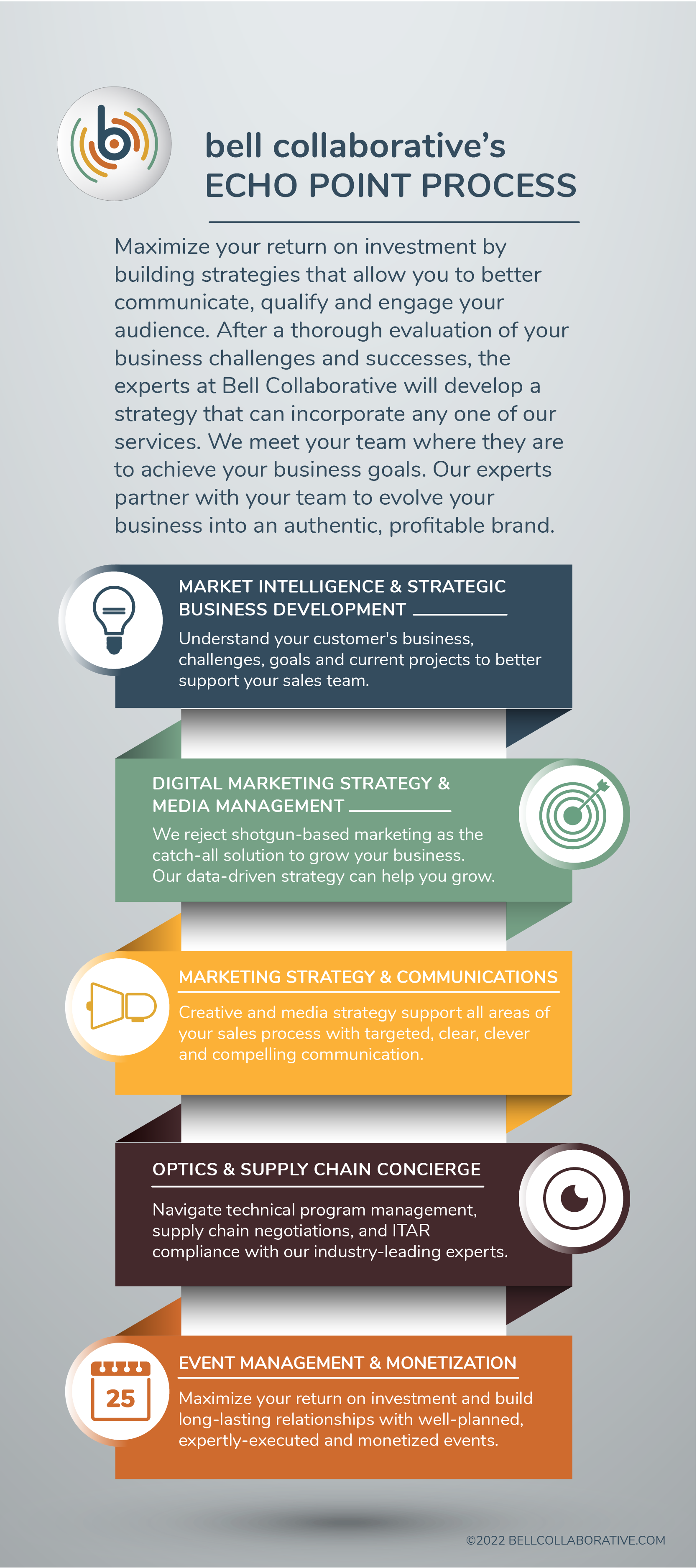Marketing "Tribes"
- Amanda Altman
What is a tribe?
The idea of a “tribe” in marketing was first identified by Seth Godin. Seth Godin wrote a book appropriately titled “Tribes” in which he goes into extensive detail on the behavior and philosophy of a brand’s tribe. As defined by Seth Godin, a tribe is a group of people who are linked by a shared belief around a brand. Its members are organically and voluntarily formed through individual identification with a brand.
Before a business can create a brand for itself or its products, it must identify the “tribe” that it is hoping to engage. With the tribe identified, a business can communicate with their audience more accurately and authentically. Businesses cannot create a tribe around their product, but with good marketing, a good tribe will form.
Tribes are an essential part of any businesses’ marketing strategy. A tribe is more than just a customer. They have a deeper connection to a business that comes when something special is unlocked. They relate to characteristics that bind, such as passion, vision, stage of life, or desire for change.
For marketers, the goal is to discover the shared characteristics that define the tribe, speak to the changes and challenges that its members are experiencing, and create folklore and stories that will strengthen the tribe and stoke its passion for the brand. In turn, tribe members will help socialize a businesses’ messaging, evangelize their products, and amplify their brand.
Mass marketing is gone. Customers now have more power and marketing must respect that.
Forming a Strong Tribe
Key factors that contribute to the formation of a strong tribe are:
- A perceived authenticity: fulfill the promise of the brand without deceit
- Experiences through brand interaction: no spam, be remarkable
- A collective sense of belonging to the community: lifestyle identification
In short, if marketing teams live up to the promise that the brand communicates, people will talk, a tribe will be built, and a market will be created for a product.
What does a strong tribe look like?
Pepsi vs Coke and Ford vs Chevy are serious, decades-long rivalries that marketers take advantage of to create custom advertising. New rivalries include Mac vs Microsoft or competing fans of different bands. Customers strongly identify with these rivalries. As the way society shops continues to change, new rivalries will spring up. It will be on today’s marketers to utilize this in their advertising.
How to identify a tribe?
How can a business unlock its folklore, help its members connect, create stories, and activate passion for their brand? Below are a few questions that all businesses should ask themselves. However, the answers to these questions are just the start of a new marketing journey, they just scratch the surface of how businesses can utilize tribe identities.
- What is your promise to your customers?
- Define your product’s personality in 3 words
- How is your product different than the competition?
- What mood or emotion does your product evoke?
- Try to profile the person that uses your product – age, sex, education, income, geography, style, values, stage of life, hobbies, interests, etc.
A businesses’ brand should speak to these answers, its packaging should engage the person that lives this lifestyle, and products should provide this tribe with an authentic experience.
This blog post was originally published by the Democrat & Chronicle on Oct. 23, 2014



